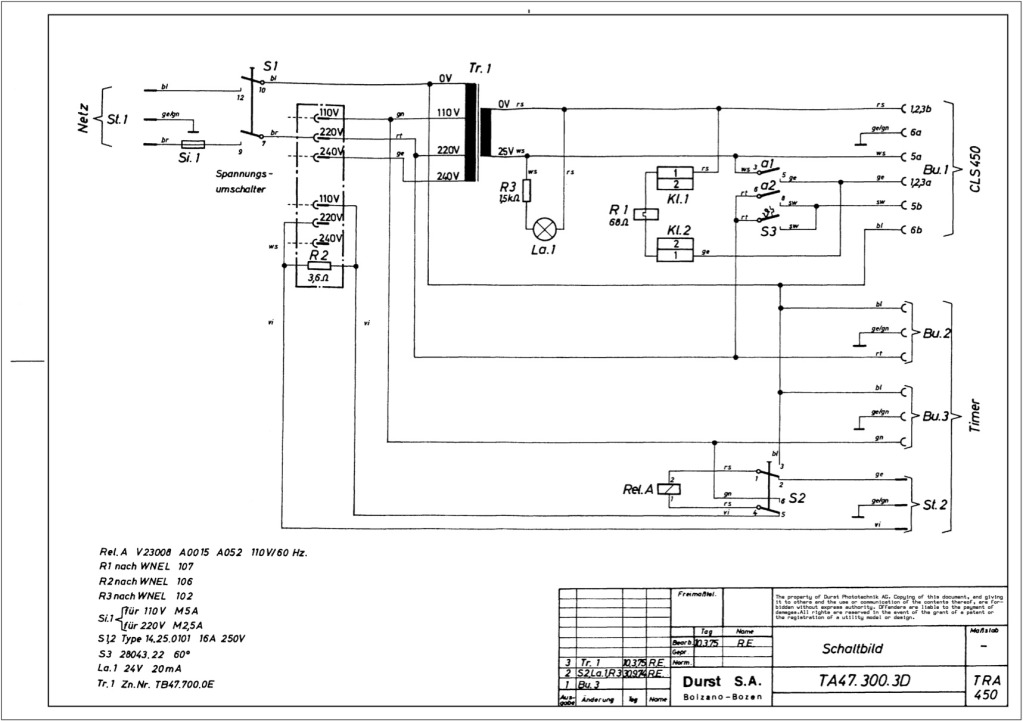
Use of N-channel power MOSFET on BQ78PL114
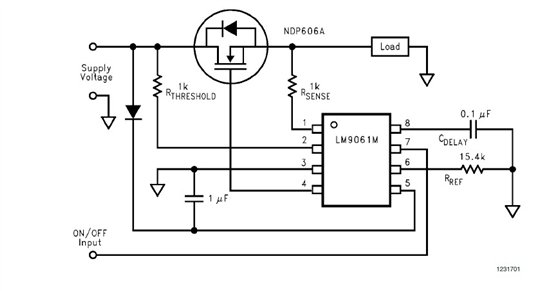
The first prototype PCB has been completed, but concerns arise regarding the heat generated when utilizing the BMS at maximum power in an ultralight hybrid electric vehicle application. At 30A continuous and 50A burst, nearly 20W of loss occurs. It appears feasible to reduce power consumption to less than half without increasing costs by utilizing N-channel MOSFETs, which allow for a better selection of very low Rds components. Although this would necessitate a different driver design, there are no fundamental barriers to its implementation, as evidenced by its use in Texas Instruments battery AFEs like the bq29330. Employing MOSFETs with integrated current sensing could limit the number of available devices but would reduce the power loss from the current sensor. This would require low-side switching or current sensing level shifting to be compatible with the BQ78PL114 current sensor inputs. A suggested circuit for implementing a charge pump and driver in a SOT23-6 package requires only a few additional components compared to the bq78PL116 reference design. This suggestion incorporates a new high-voltage ideal diode driver from National Semiconductor, capable of handling 75V (100V peak). It functions by monitoring the voltage on both sides of the FET through the IN and OUT terminals. The gate is activated when the IN pin is at least 30 mV higher than the OUT pin, using a charge pump that supplies 30 µA of gate current. The gate voltage increases until the IN and OUT levels match or until the gate voltage is limited by an internal zener diode. If the IN pin voltage drops to 30 mV less than the OUT pin, the gate charge is quickly discharged to the drain within 50-100 ns via a built-in high-current FET. This is controlled by the voltage divider R1/R4 (R7/R3), which provides OUT with a voltage approximately half of the battery voltage when DSC (CHG) is active, and around 8V above IN when DSC (CHG) becomes inactive. The circuit has not yet been tested as the driver IC has just been released. A potential issue could arise if the IN or GATE pins are driven high when ground is lifted; this could be mitigated by using an additional p-MOSFET to activate VS when the DSC (CHG) signal is active. The optimal P-MOSFETs for 100V (16S with some margin) identified have an Rds of 19 mΩ, while equivalent N-MOSFETs can achieve an Rds of 3.5 mΩ. Including losses in the body diode, the P-channel version incurs almost four times the loss at 30A, necessitating additional heat sinking. A current draw of 500 µA is likely excessive; a target of less than 10 µA is preferred. The maximum voltage presents a challenge, as 16 cells have a typical maximum charge voltage of 67V, meaning the driver must withstand at least 70V continuously and 100V peak. Unfortunately, suitable N-channel MOSFET drivers compatible with the bq78PL116 are scarce, as most high-side MOSFET drivers rated above 70V are designed for dynamic applications and lack independent charge pumps. The closest alternatives identified include the MAX1614 from Maxim, which has a maximum current of 25 µA and 6 µA off current but is slow (gate current: charge 15-60 µA, discharge 0.5-2 mA) and has a maximum battery voltage of 26V. While this option may function, it is counterintuitive to discharge the battery unevenly by design, as the primary purpose of a balancing BMS is to maintain cell balance. Furthermore, if the TPS61041 fails, the datasheet indicates that VIN will connect to SW, necessitating the addition of an extra transistor to prevent shorting the uppermost cell voltage. An alternative approach presented in application note SLVA136 suggests using another chip to supply 3.3V to VIN and EN from the same cell. However, this increases the overall component count, particularly in systems like this one that undergo heavy charge and discharge cycles through the same wire, necessitating the duplication of the N-channel driver for the CHG signal, which more than doubles the required components compared to the LM5050-1 based suggestion.
The proposed circuit design aims to optimize the efficiency of the BMS by integrating advanced MOSFET technology and thoughtful component selection. The use of N-channel MOSFETs is particularly advantageous due to their lower on-resistance, which directly translates to reduced power loss and heat generation during operation. The inclusion of a charge pump and a high-voltage ideal diode driver enhances the system's performance by ensuring rapid switching capabilities and reliable operation in high-voltage scenarios.
Furthermore, careful consideration of the current sensing mechanism is essential to maintain the integrity of the battery management system. The integration of current sensing within the MOSFETs can streamline the design, potentially reducing the number of discrete components required and improving overall system reliability.
The voltage management strategy, utilizing a voltage divider, ensures that the driver operates effectively under varying load conditions, while the proposed safeguards against potential issues related to ground lift highlight the attention to detail necessary in high-performance applications.
Overall, this circuit design reflects a sophisticated approach to battery management, emphasizing efficiency, reliability, and performance in ultralight hybrid electric vehicle applications. The careful selection of components and the innovative use of existing technologies position this design as a forward-thinking solution in the field of electric vehicle engineering.I have finally finished my first prototype PCB but I am a bit worried about the amount of heat generated when using the BMSat max power in myapplication (ultralight hybrid electric vehicle). At 30A cont/50A burstI have almost 20Wloss. It seems to me that it would be possible to reduce power consumption to less than half of that without increasing
costsusing: The use of N-channel MOSFETs enables a muchbetter selection of verylow Rds parts. Itwould obviouslyrequire a different driver design, but as far as I can see, there is nofundamental reasons why this should not work It isused on TI battery AFEs like the bq29330. Using MOSFETs with integrated current sensing would again reduce the number for available devices but reduces the power loss ofthe current current (!) sensor.
This would either require low-side switching or current sensing level shifting to be compatible with the BQ78PL114 current sensor inputs. Here is suggested circuit for implementing a charge pump and driver in aSOT23-6 capsule. It requires only a few parts more than the bq78PL116 reference design. The suggestion make use of a new high voltage ideal diode driver from Nat. Semi that handles 75V (100V peak). It works by monitoring voltage on both sides of the FET via the IN and OUT terminal. It will turn on the gate when the IN pin is raised minimum 30 mV higher than OUT pin using a charge pump supplying 30uA gate current.
The gate voltage is then raised until the IN and OUT levels are identical or until the gate voltage is clamped by an internal zener diode. If the IN pin voltage becomes 30 mV less than OUT pin the gate charge will be shorted to drain within 50-100ns using a built-in high current FET.
This is controlled by the voltage divider R1/R4 (R7/R3) that feed OUT with a voltage around half battery voltage when DSC (CHG) is active and around 8V above IN when DSC (CHG) just becomes inactive. I have not tested the circuit yet since the driver IC have just been released. A possible killer could be that the IN or GATE pins get driven high when ground is lifted. That could be fixed by using an additional p-MOSFET to turn on VS when DSC (CHG) signal is active. The best P-MOSFETs for 100V (16S with some margin) I have found have Rds=19mohm. For the same price I get N-MOSFET with Rds of 3. 5mohm. Inclduing the loss in the body diode the P-channel version has almost four times as high loss at 30A requiring extra heat sink.
500uA is probably too much, I would prefer less than 10uA. The worst seems to be max voltage: 16 cells have typical max charge voltage of 67 volt so the driver should handle at least 70 V continously and 100 V peak minimum. Unfortunately N-channel MOSFET drivers suitable for bq78PL116 seems to be scarce if not non-existing as most high side MOSFET drivers that handle voltage above 70V are made for dynamic applications and lack independent charge-pump.
These are the closest alternatives I have been able to find so far: MAX1614 from Maxim has only 25uA max on current and 6uA max off current but is slow (gate current: charge 15-60uA, discharge 0. 5-2 mA) and handles 26V max battery voltage. This should work but is it not odd to discharge the battery unevenly by design The primary purpose of a balancing BMS is to keep the cells balanced, not unbalanced In addition, if the TPS61041 stops for some reason, then the datasheet says that VIN will be connected to SW so an extra transistor should be added to prevent shorting of the uppermost cell voltage as shown in the datasheet.
A peek at app note SLVA136 shows an alternative way where they use another chip to supply 3. 3V to VIN and EN from the same cell. But it all adds up the number of parts. Especially if the system, like mine, do heavy charge and discharge cycles thru the same wire - then the N-channel driver must be duplicated for the CHG signal so the number of required parts more than doubles compared to the LM5050-1 based suggestion (w 🔗 External reference
The proposed circuit design aims to optimize the efficiency of the BMS by integrating advanced MOSFET technology and thoughtful component selection. The use of N-channel MOSFETs is particularly advantageous due to their lower on-resistance, which directly translates to reduced power loss and heat generation during operation. The inclusion of a charge pump and a high-voltage ideal diode driver enhances the system's performance by ensuring rapid switching capabilities and reliable operation in high-voltage scenarios.
Furthermore, careful consideration of the current sensing mechanism is essential to maintain the integrity of the battery management system. The integration of current sensing within the MOSFETs can streamline the design, potentially reducing the number of discrete components required and improving overall system reliability.
The voltage management strategy, utilizing a voltage divider, ensures that the driver operates effectively under varying load conditions, while the proposed safeguards against potential issues related to ground lift highlight the attention to detail necessary in high-performance applications.
Overall, this circuit design reflects a sophisticated approach to battery management, emphasizing efficiency, reliability, and performance in ultralight hybrid electric vehicle applications. The careful selection of components and the innovative use of existing technologies position this design as a forward-thinking solution in the field of electric vehicle engineering.I have finally finished my first prototype PCB but I am a bit worried about the amount of heat generated when using the BMSat max power in myapplication (ultralight hybrid electric vehicle). At 30A cont/50A burstI have almost 20Wloss. It seems to me that it would be possible to reduce power consumption to less than half of that without increasing
costsusing: The use of N-channel MOSFETs enables a muchbetter selection of verylow Rds parts. Itwould obviouslyrequire a different driver design, but as far as I can see, there is nofundamental reasons why this should not work It isused on TI battery AFEs like the bq29330. Using MOSFETs with integrated current sensing would again reduce the number for available devices but reduces the power loss ofthe current current (!) sensor.
This would either require low-side switching or current sensing level shifting to be compatible with the BQ78PL114 current sensor inputs. Here is suggested circuit for implementing a charge pump and driver in aSOT23-6 capsule. It requires only a few parts more than the bq78PL116 reference design. The suggestion make use of a new high voltage ideal diode driver from Nat. Semi that handles 75V (100V peak). It works by monitoring voltage on both sides of the FET via the IN and OUT terminal. It will turn on the gate when the IN pin is raised minimum 30 mV higher than OUT pin using a charge pump supplying 30uA gate current.
The gate voltage is then raised until the IN and OUT levels are identical or until the gate voltage is clamped by an internal zener diode. If the IN pin voltage becomes 30 mV less than OUT pin the gate charge will be shorted to drain within 50-100ns using a built-in high current FET.
This is controlled by the voltage divider R1/R4 (R7/R3) that feed OUT with a voltage around half battery voltage when DSC (CHG) is active and around 8V above IN when DSC (CHG) just becomes inactive. I have not tested the circuit yet since the driver IC have just been released. A possible killer could be that the IN or GATE pins get driven high when ground is lifted. That could be fixed by using an additional p-MOSFET to turn on VS when DSC (CHG) signal is active. The best P-MOSFETs for 100V (16S with some margin) I have found have Rds=19mohm. For the same price I get N-MOSFET with Rds of 3. 5mohm. Inclduing the loss in the body diode the P-channel version has almost four times as high loss at 30A requiring extra heat sink.
500uA is probably too much, I would prefer less than 10uA. The worst seems to be max voltage: 16 cells have typical max charge voltage of 67 volt so the driver should handle at least 70 V continously and 100 V peak minimum. Unfortunately N-channel MOSFET drivers suitable for bq78PL116 seems to be scarce if not non-existing as most high side MOSFET drivers that handle voltage above 70V are made for dynamic applications and lack independent charge-pump.
These are the closest alternatives I have been able to find so far: MAX1614 from Maxim has only 25uA max on current and 6uA max off current but is slow (gate current: charge 15-60uA, discharge 0. 5-2 mA) and handles 26V max battery voltage. This should work but is it not odd to discharge the battery unevenly by design The primary purpose of a balancing BMS is to keep the cells balanced, not unbalanced In addition, if the TPS61041 stops for some reason, then the datasheet says that VIN will be connected to SW so an extra transistor should be added to prevent shorting of the uppermost cell voltage as shown in the datasheet.
A peek at app note SLVA136 shows an alternative way where they use another chip to supply 3. 3V to VIN and EN from the same cell. But it all adds up the number of parts. Especially if the system, like mine, do heavy charge and discharge cycles thru the same wire - then the N-channel driver must be duplicated for the CHG signal so the number of required parts more than doubles compared to the LM5050-1 based suggestion (w 🔗 External reference
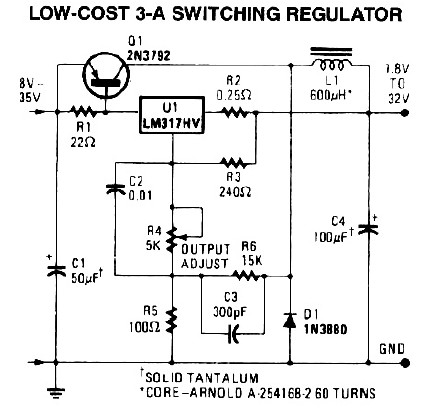
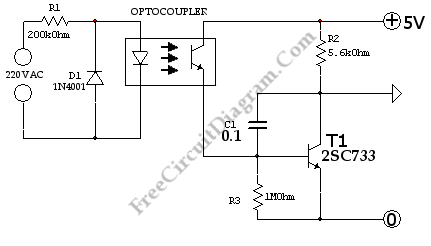
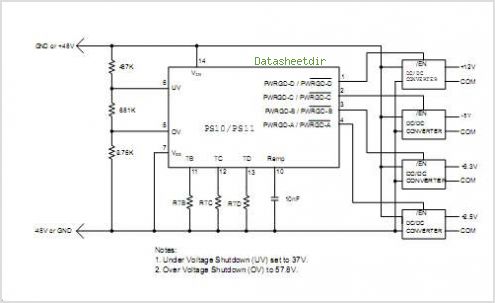

.jpg)
